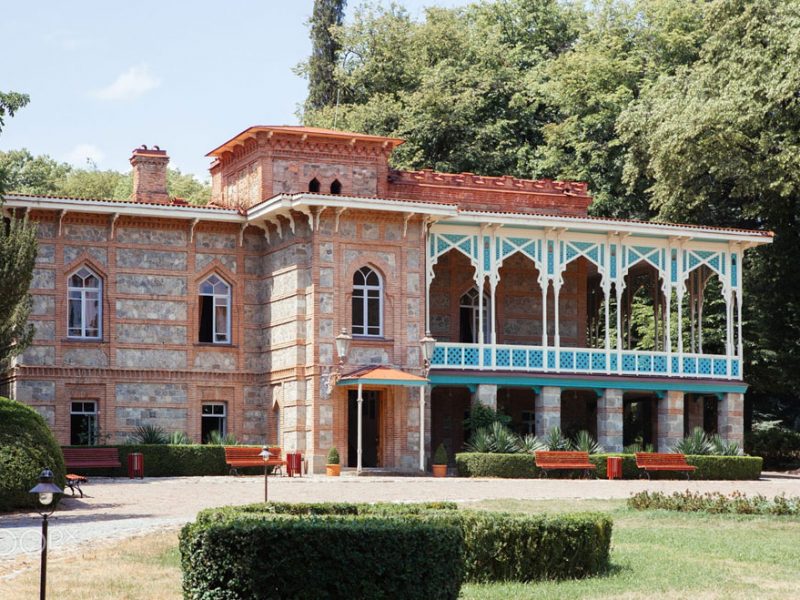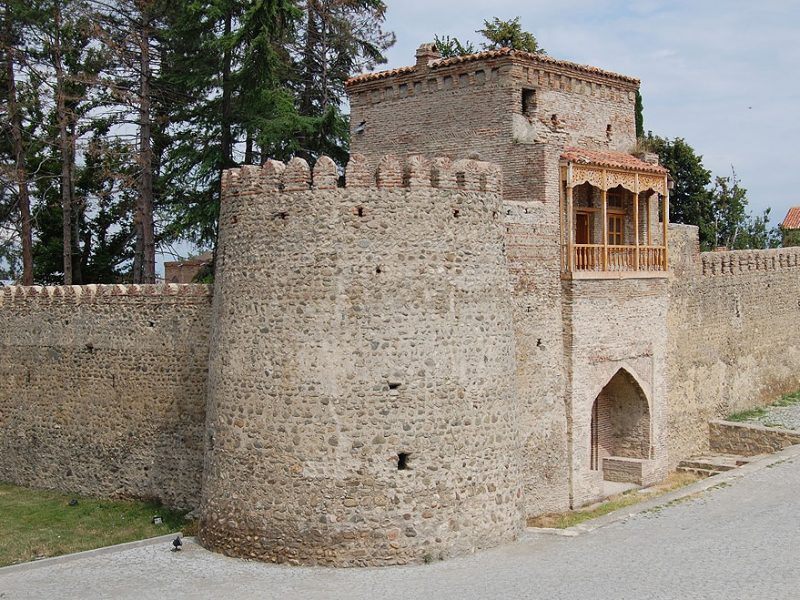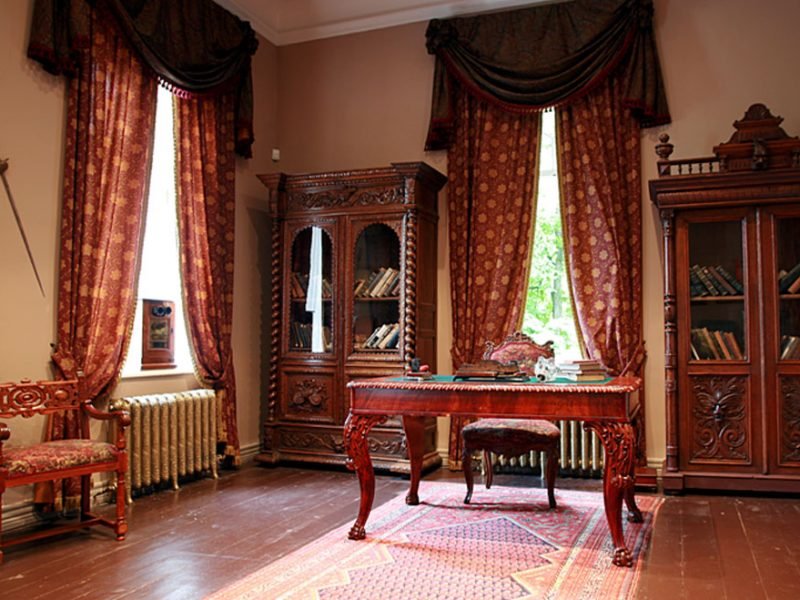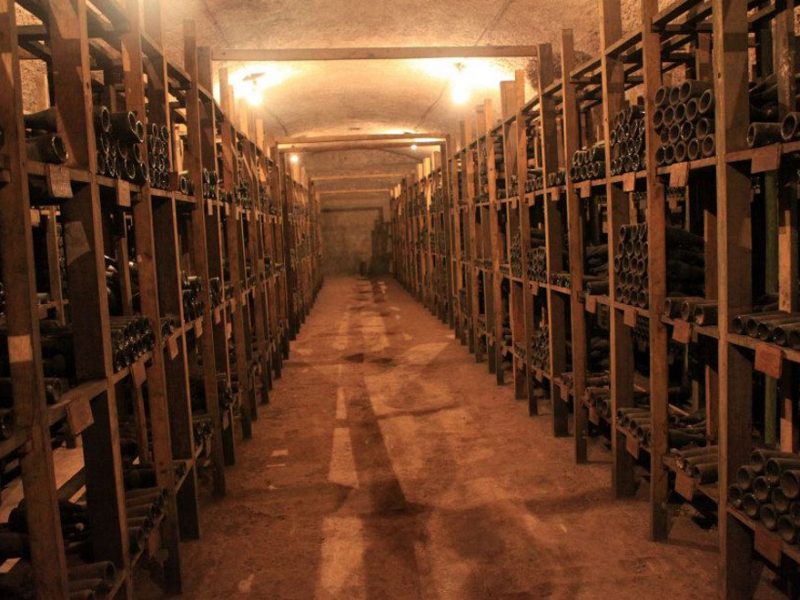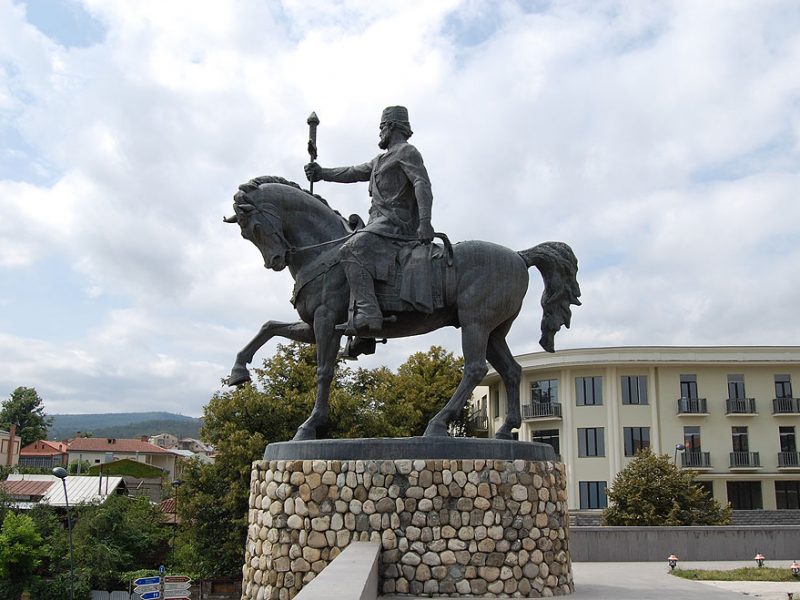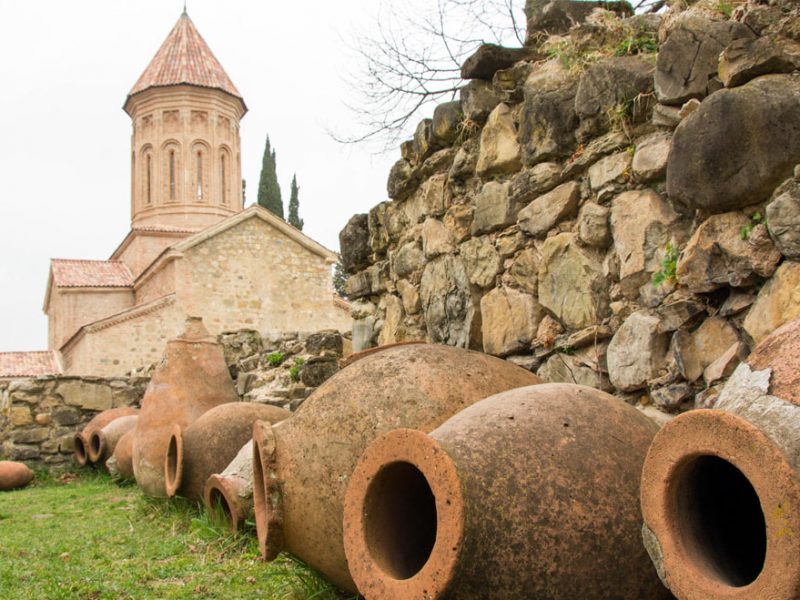Explore the beauty of Tbilisi, Telavi, Tsinandali, Alaverdi, and Akhmeta on a full-day daily tour. Discover stunning sights and rich history.
Get In touch
If you would like to request more information, please let us know from the contact page
You will be soon contacted by our staff.
Phones: 995 577 191815, 995 596 191911, 995 599 909020
Tour Info – Price 95 EUROS
Duration: Full Day
Tsinandali is avillage in Telavi municipality, where the house-museum of a famous Georgian romantic poet Alexander Chavchavadze is located, along with a 19 th century wine cellar.
First written evidence about Telavi is found in 11th century annals, but there is an opinion that town of Telavia-Telada, mentioned by Greek geographer Claudios Ptolemaios in 2nd century AD in his book called Geography, refers specifically to Telavi. Apart from that, a town called Tubla is mentioned in Arabic sources of 10th century. In 9th-10th centuries, the shortest way from Tbilisi to Derbent went through Telavi. In the 10th century, the road from Huvei to Shak crossed Telavi as well.
Alaverdi Cathedral is located in the Alazani Valley, close to the eponymous village in Akhmeta municipality.
One will be hard pressed to find a wine cellar in Kakheti that has no kvevris inside. A kvevri is an earth-enware vessel of various dimen-sions that used for fermentation, storage and aging of wine. Usually kvevri are buried in the ground, with only the nozzles sticking out/ In Georgia, kvevris were used as early as 8 thousand years ago and this tradition survives to this day.
Prices and Additional Info:
Tour for two-tree people – 95 euros for one person;
Tour for four-seven people – 85 euros for one person;
Tour for eight-ten and more people – 75 euros for one person;
Note: 20% discount for children (from 3-to 12-year-olds) non discount available for two-members tour. Babies are free from tax (from 1 to 2 year olds).
Tour can be organized with either SUV or VAN types of vehicle;
Tour includes: transportation, driver/guide service.
Tour Program
Tsinandali, Alexandre Chavchavadze museum
For many centuries, Tsinandali had been the ancestral land of Chavchavadze family. Garsevan Chavchavadze, who served at the court of King Erekle II and was an ambassador of Georgia to Russia, lived here as well. In 1818, his son, Alexander Chavchavadze, began construction of new family residence and by 1831, Tsinandali became host to a beautiful house surrounded by a delightful garden.
Georgian aristocrats, foreign diplomats and artists often gathered here. Tsinandali palace was a cultural heart of the 19th century Georgia.
Telavi, Erekle II palace
“Down Gulgula, to the south of Turdo Gorge, lies Telavi” – Vakhushti Batonishvili.
First written evidence about Telavi is found in 11th century annals, but there is an opinion that town of Telavia-Telada, mentioned by Greek geographer Claudios Ptolemaios in 2nd century AD in his book called Geography, refers specifically to Telavi. Apart from that, a town called Tubla is mentioned in Arabic sources of 10th century. In 9th-10th centuries, the shortest way from Tbilisi to Derbent went through Telavi. In the 10th century, the road from Huvei to Shak crossed Telavi as well.
Archaeological excavations in the vicinity of the town present some evidence that the early settlements were set up there in ancient times.
Erekle II (1720-1798) was a Georgian king who ruled the country during one of its most difficult periods;due to a series of invasions, the unified Georgia did not exist anymore, divided into several kingdoms and principalities. At first, Erekle ruled in Kartli-Kakheti, thus connecting two branches of Bagrationi dynasty.
A fighter for his countres unification, the King Erekle II died when he was 78 years old, on the same bed on which he was born. He is buried in Mtskhetas Svetitskhoveli Cathedral.
Erekle II left a considerable trace in the history of Georgian people. He spent most of his life fighting for his country’s freedom and very often, he lived like an ordinary soldier. To show their affection, people named him „Little Kakhi“ (i.e Kakhetian). The personality of Erekle II and his deeds are widely represented in Georgian popular arts. His name has become a symbol of national independence and freedom.
Alaverdi Cathedral
Alaverdi Cathedral is located in the Alazani Valley, close to the eponymous village in Akhmeta municipality. The monastery was founded in the middle of 6th century, by Joseph of Alaverdi, in the beginning of 11th century, Kvirike, the king of Kakheti, erected a cathedral on the spot where a small cgurch dedicated to St, George stood. The cathedral was known as Alaverdi since then.
On October 24, 2007, the Alaverdi Cathedral was included into the list of UNESCO World Heritage sites.
Kvevri wine cellar in Akhmeta
One will be hard pressed to find a wine cellar in Kakheti that has no kvevris inside. A kvevri is an earth-enware vessel of various dimen-sions that used for fermentation, storage
and aging of wine. Usually kvevri are buried in the ground, with only the nozzles sticking out/ In Georgia, kvevris were used as early as 8 thousand years ago and this tradition survives to this day.
In 2013, UNESCO added the traditional Georgian method of making wine in kvevris to its list of intangible cultural heritage, sending a message to the entire world that wine is a component part of centuries-old Georgian culture.
Notably, when a kvevri is buried in the ground, the temperature inside is maintained at perfect 130 -150 C needed for fermentation.
